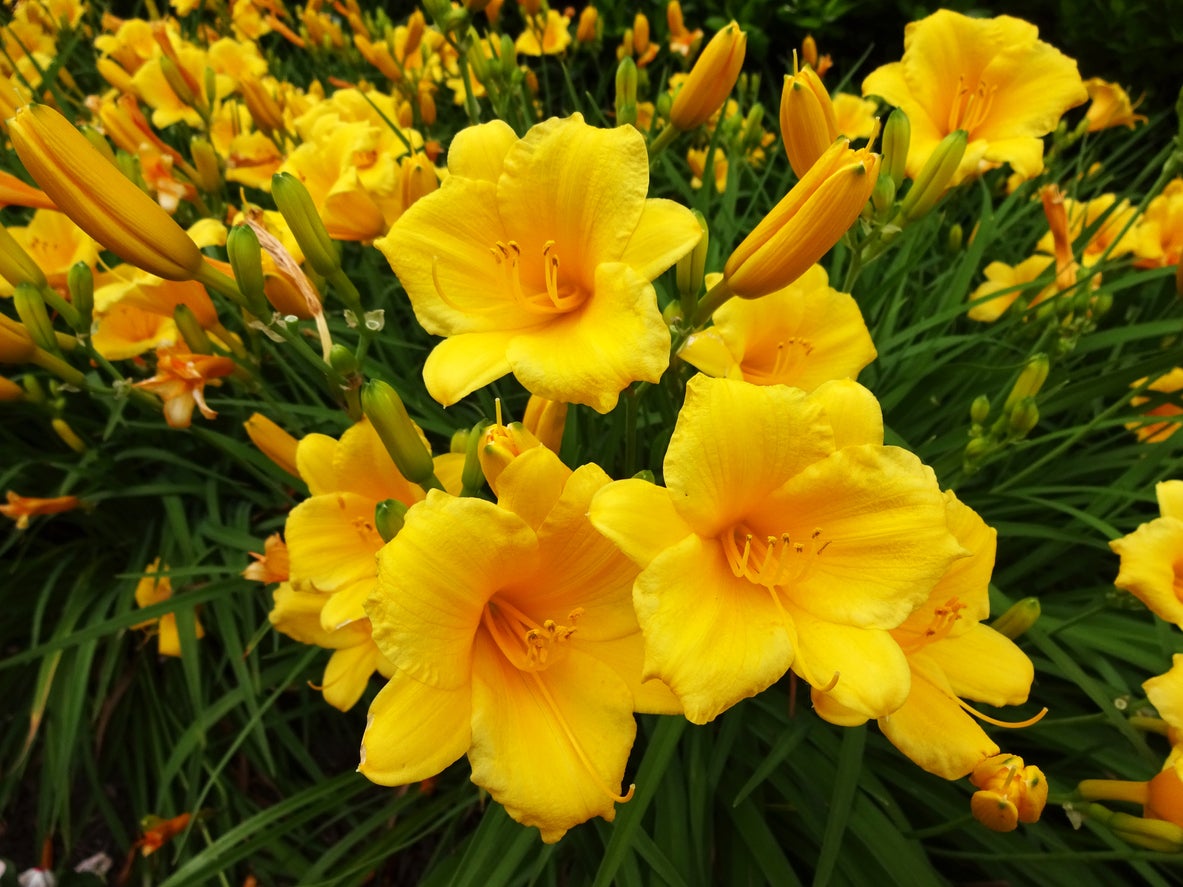Deadheading Daylily Flowers: Is It Necessary To Deadhead Daylilies


Perennial daylily plants are a popular choice for both professional and home landscapers. With their long bloom times throughout the summer season and wide range of color, daylilies find themselves at home in even some of the most difficult growing spaces. This, in tandem with a high tolerance to plant disease and insects, makes them an excellent addition to flower borders.
As the name implies, the actual flowers of the daylily plant will only bloom for one day. Luckily, each plant will produce multiple blooms that come into flower continuously, creating the beautiful visual display that its growers have come to love. What happens once these blooms begin to fade though? Is daylily deadheading necessary?
Is it Necessary to Deadhead Daylilies?
The process of deadheading refers to removing the spent blooms. This is a common practice in many perennial and annual flower gardens, and also applies to care of daylily plants. Deadheading daylily flowers is a simple process. Once the flowers have bloomed and started to fade, they can then be removed using a pair of sharp garden snips.
Removing the old flowers from the daylily (deadheading) is not necessary. However, it does have some benefits in regards to helping maintain a healthy and vibrant garden. For many tidy gardeners, removing spent daylily blooms is essential, as the old blooms may create an unkempt appearance in the flower bed.
More importantly, daylily flowers may be removed from plants in order to promote better growth and bloom. Once flowers have bloomed, one of two things may occur. While unpollinated flowers will simply fall from the plant, those that have been pollinated will begin to form seed pods.
The formation of seed pods will require quite a bit of energy to be taken away from the plant. Instead of using energy to strengthen the root system or to encourage more flowers, the plant will direct its resources towards the maturation of the seed pods. Therefore, it is often the best course of action to remove these structures.
Deadheading a large planting of daylilies may be time consuming. Though the flowers will bloom on a daily basis, there is no need to deadhead the plants on that same schedule. Many gardeners find that deadheading the daylily plants several times throughout the growing season is sufficient enough to keep the garden looking clean and tidy.
Sign up for the Gardening Know How newsletter today and receive a free copy of our e-book "How to Grow Delicious Tomatoes".

Tonya Barnett has been gardening for 13 years. Flowers are her passion. She has transformed her backyard into a cut flower garden, which she regularly chronicles on her YouTube channel http://www.youtube.com/@tonyawiththeflowers.